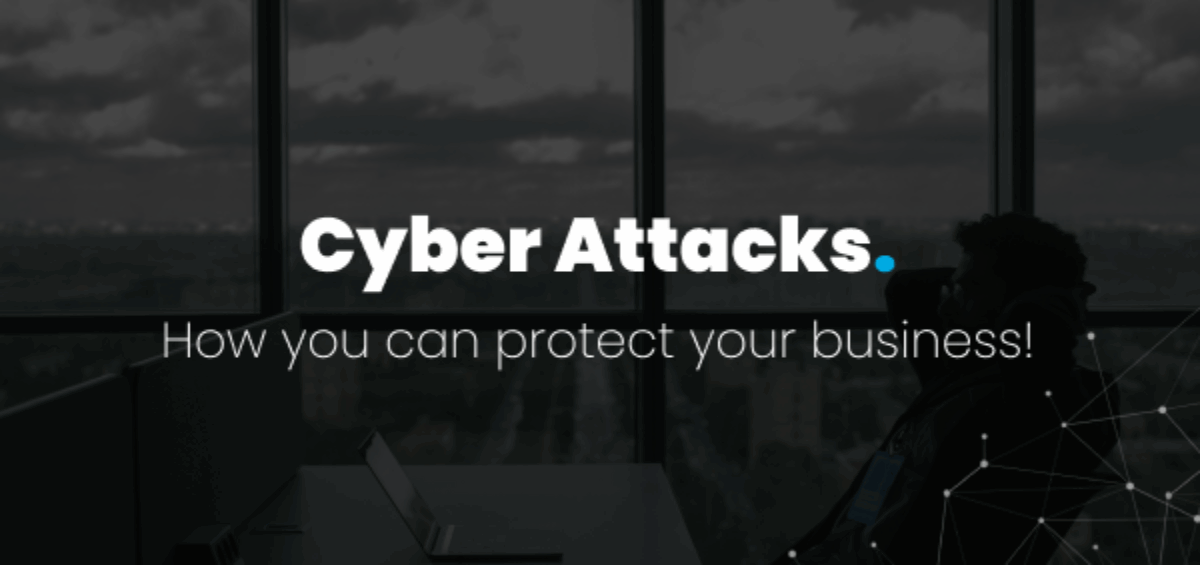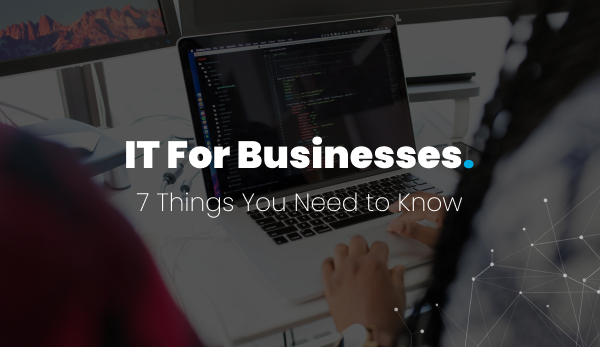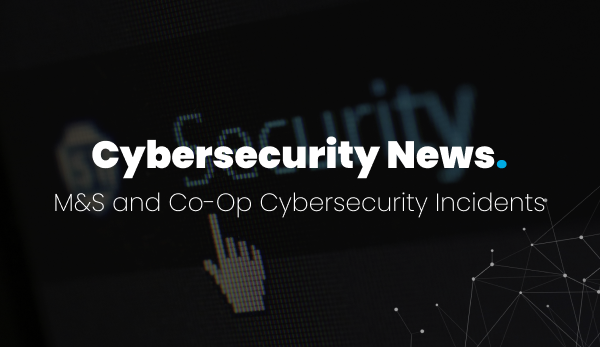Small and medium-sized businesses play a critical role in driving local economies. But as technologies evolve and AI advances, so do the risks, especially in the digital space. In fact, small and medium-sized businesses are more vulnerable to attacks because many don’t have the finances or dedicated teams to defend against cyber threats.
According to industry statistics, 43% of cyber attacks are aimed at small businesses, but only 14% are prepared to respond. From phishing attacks to ransomware and malware, cyberattacks can cause serious financial losses and damage your brand’s reputation.
This guide covers 7 practical tips to protect your small and medium business from cyber attacks. Implement these cybersecurity measures to build a stronger and more secure business.
7 Cybersecurity Measures to Protect Your Small and Medium Business
With the increasing digitalisation of industries, it has become easier than ever for hackers to slide into your company’s systems. They usually gather information from public sources, such as your business’s social media, job listings, and even past breaches. However, by adopting a few key strategies, you can drastically reduce the risk of cyber threats.
1. Install Firewalls and Anti-Virus Software
Firewalls are your business’s first line of defence. With over 560,000 new cyberthreats detected daily, investing in a reliable firewall is essential. They monitor and control incoming and outgoing traffic based on predetermined security rules. This ensures any malicious activity is blocked before it reaches your network. Additionally, it blocks confidential data from leaving your company’s network without authorisation.
Pairing your firewall with a reliable antivirus and anti-malware software adds another shield. Without these tools, even a single click on a malicious link could lead to a company-wide data breach. Many cyber attacks exploit outdated systems. Hence, it’s important to schedule regular updates to keep your defenses strong.
2. Strong Authentication Practices
One of the simplest and most successful ways to prevent unauthorised access is to implement strong authentication. Your passwords should be complex, with a combination of letters (both upper and lower case), numbers, and symbols. Cybersecurity experts also recommend changing your passwords every three months to minimise the risk of cyber attacks. If this seems like a hassle to you, invest in a password manager. It can help store all your passwords with the correct username in one place and remind you to update them regularly.
For even stronger protection, enable multi-factor authentication (MFA). It requires an additional verification step, such as a one-time code sent to a device before granting access. Even if a cybercriminal hacks your password, this extra hurdle makes it harder for them to gain entry.
3. Data Protection and Backup
According to research, the global average cost of a data breach in 2025 is 4.4 million. This could cause significant losses to small and medium-sized businesses. Ransomware attacks, for instance, often lock access to data until the ransom is paid. In this case, your business operations could come to a halt without a secure and recent backup.
Therefore, you should be regularly backing up your business data to cloud storage or secure offline drives. These backups should be automated and encrypted to ensure data can be restored quickly in an emergency.
Make sure you back up all important data, such as financial records, documents, spreadsheets, and databases. Limiting admin privileges by only granting permissions relevant to employee roles further reduces the risk of insider threats.
4. Employee Awareness and Training
A study by IBM reveals that 95% of cybersecurity breaches are caused by human error. To prevent this, you should train your employees to identify phishing emails, avoid suspicious links, and report potential threats.
Implement accountability measures by penalising your employees for violating cybersecurity guidelines and policies. You can arrange interactive sessions and simulations to make training more engaging and practical. The key is to build a culture of continuous learning where employees do not hesitate to ask questions or report potential threats.
5. Implement a Security Policy
A well-established cybersecurity policy outlines the rules for handling data and responding to breaches. You can tailor the policy to your business’s specific needs and industry requirements. Make sure it’s easy to understand and accessible to all employees.
Additionally, you need to review your security policy regularly to keep up with technological changes and emerging threats. A comprehensive security policy should include:
- Password and device usage policies.
- Rules for accessing company data remotely.
- Incident reporting and escalation protocols.
- Guidelines for acceptable software and website usage.
6. Hire Trusted Third-Parties
Small and medium-sized businesses don’t have the resources to hire a full-time IT team. Therefore, they opt for managed IT services. These professionals monitor your systems 24/7, perform a risk assessment, and offer expert advice on how to stay secure.
However, when choosing a service provider, it’s essential to evaluate the vendors carefully. Look for companies with a proven track record, up-to-date certifications, and transparent security practices. With Rejuvenate as your security partner, you can sit back and relax knowing your systems are being proactively managed by a trusted third party.
7. Secure Mobile Devices
Almost 70% of data breaches involve endpoint devices, like smartphones, desktops, and laptops. To counter this, you can set up mobile device management (MDM) solutions. They allow you to enforce security policies, remotely wipe data from lost devices, and control access to company systems.
You can also implement encryption and automatic locking features on devices used for business purposes. Raise awareness among your employees about the risk of using public Wi-Fi or downloading suspicious apps from unofficial sources.
FAQs
What are the four main levels of protection against cyberattacks?
The four main levels of cybersecurity protection against cyberattacks are physical, network, application, and data security. Each level addresses specific vulnerabilities to reduce your business’s overall risk. Together, they form a multi-tiered defence strategy that is crucial for protecting your small and medium business from cyber attacks.
What are the 5 Cs of cybersecurity?
The 5 Cs of cybersecurity are change, compliance, cost, continuity, and coverage. These components form the foundation of cybersecurity strategies, prioritising your business’s security.
- Change addresses evolving threats.
- Compliance ensures legal commitment.
- Cost manages cybersecurity budgets.
- Continuity ensures business operations during disruptions.
- Coverage evaluates the extent of both physical and digital security.
What does a firewall do?
A firewall is a network security tool that controls the incoming and outgoing network traffic. It prevents unauthorised access to the network and acts as a protective barrier against malware, ransomware, and phishing attacks.
Protect Your Business from Cyber Attacks
Protecting your small and medium business from cyber attacks doesn’t require a massive IT budget. With smart strategies, internal security policies, and help from trusted cybersecurity providers, you can reduce the risk and recover swiftly if an incident occurs.
You don’t have to do everything at once. Start small, one step at a time. Update outdated software, educate your team, and invest in a reliable firewall. At Rejuvenate IT, we help protect businesses against 80% of cyber threats.
From enhanced security and cost savings to increased trust and improved business reputation, our end-to-end cybersecurity solution keeps your business running safely and smoothly. Book our free consultation to stay a step ahead of cybercriminals.












